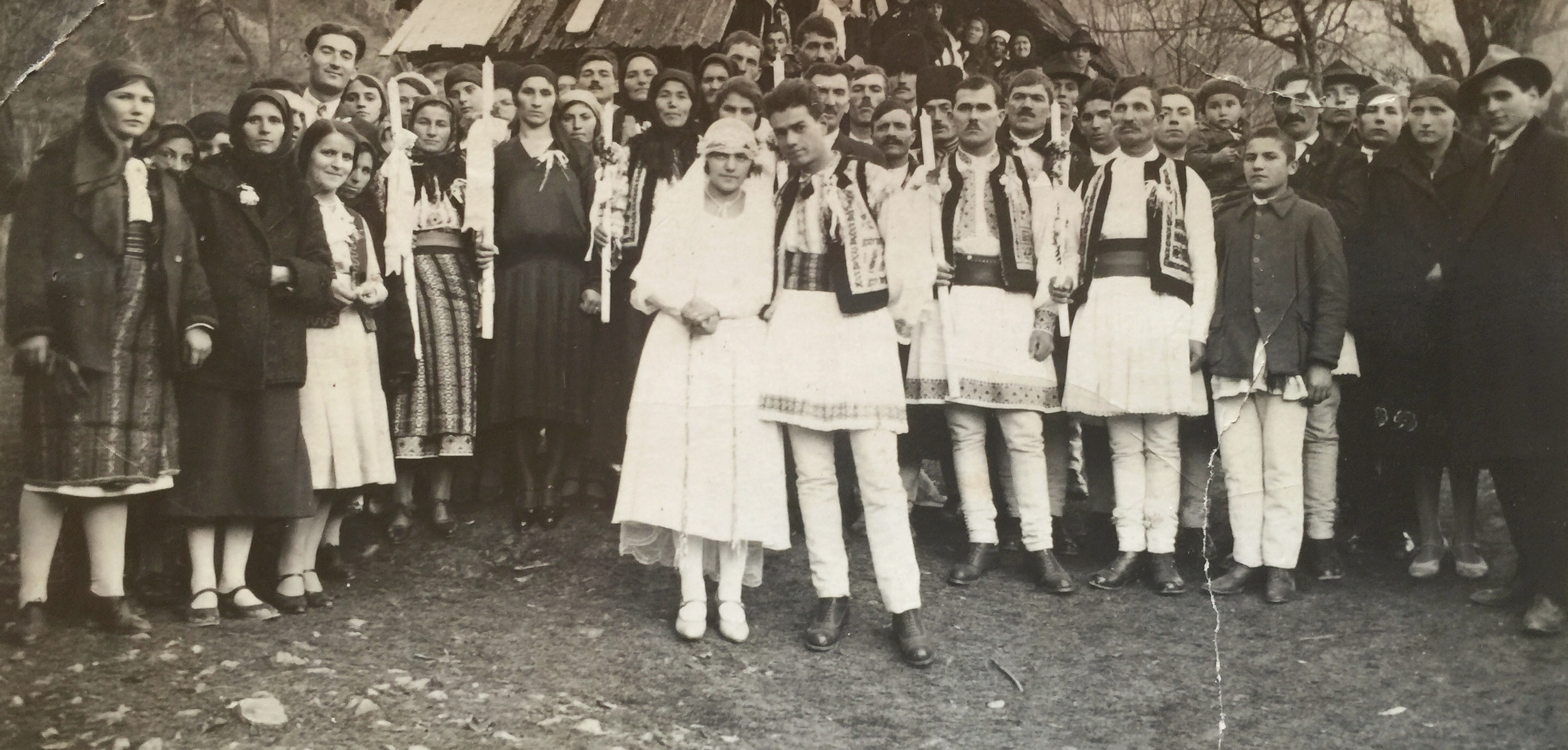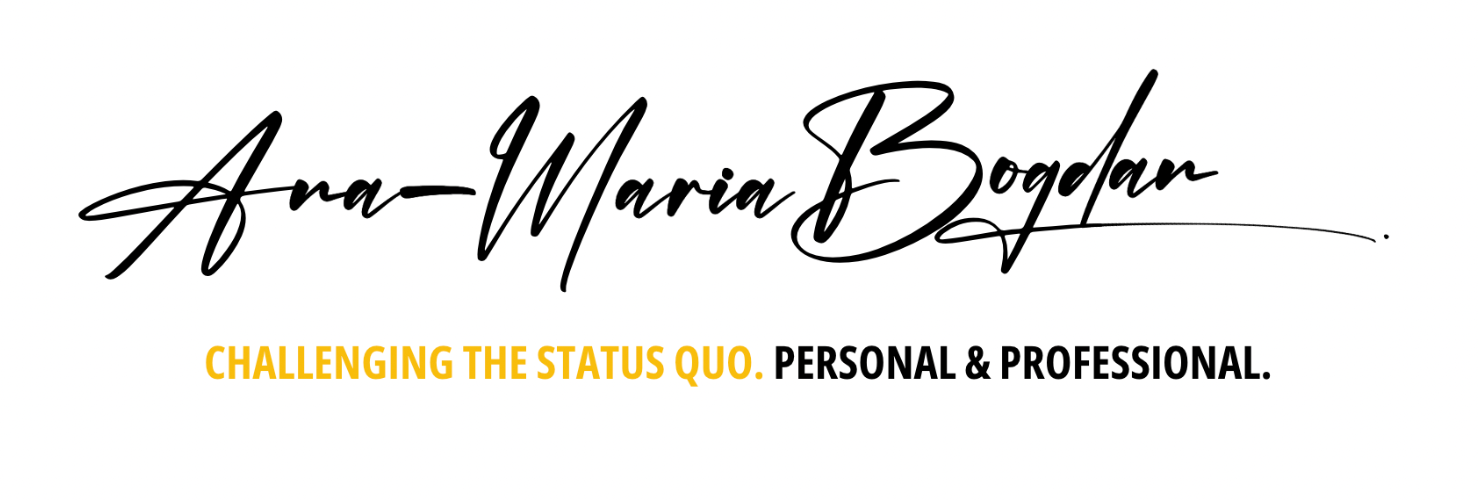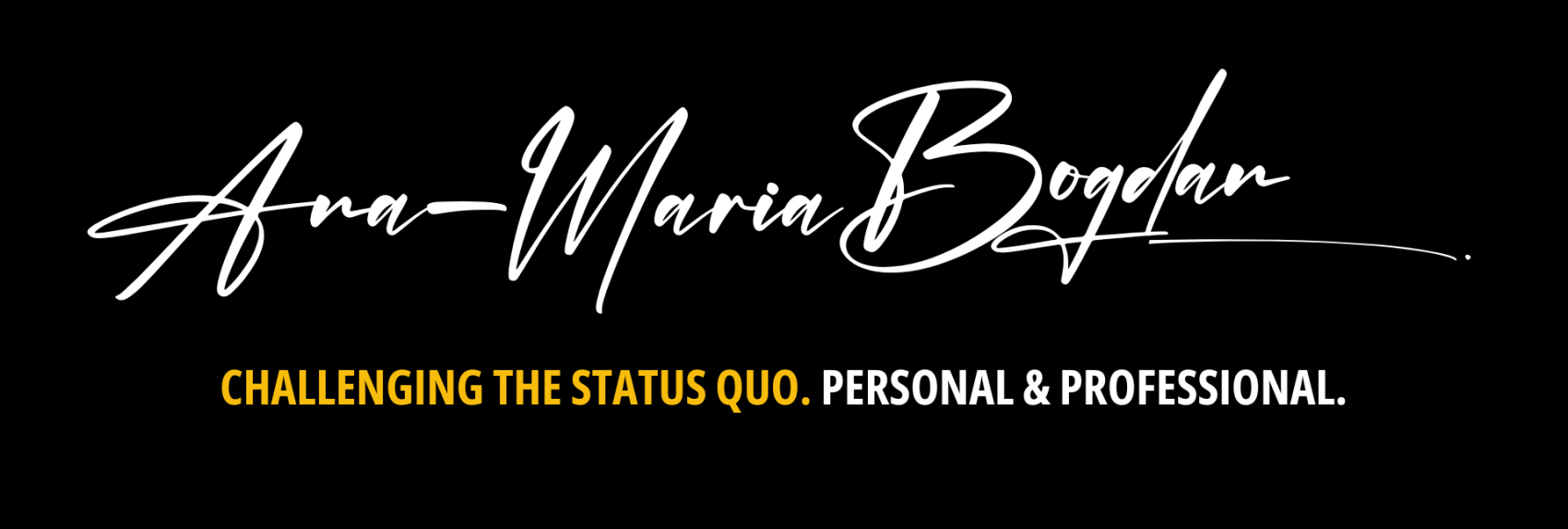I was born and raised in Bucharest, yet the stories my dad told me about his family, their life histories and the traditions they treasured kept calling me… so, from the moment I took my driving license, the almost 400 km road from Bucharest to Neamt County seemed very short. It is during one of this trips that I’ve discovered what it meant for my ancestors to wear our Romanian IA on their wedding day …
Every trip I take to one of these places, either Valea Seaca, Varatec, Agapia, Bistrita, Bicaz and so on, bring to light another story of family members, people I never met, yet their personal histories are somehow part of me… I guess there’s a connection that never gets lost no matter how many years go bye… they live through thousands of invisible wires that make us who we are.
Family wedding
This time, the story I’ve learned is about the Romanian traditional folk costumes from Bistrita and Bicaz (Neamt County) that my relatives used to wear not only on Sundays when going to church, but also on the day of their wedding.

Aneta and Niculae Gavril Dragusanu (Secu village) – on their wedding day (late 1920’s) wearing their Romanian national folk costumes
From my grandparents with love …
St. Mary’s day brought me back to my father’s home… there my grandparents raised 7 children and tens of grandchildren and grand-grandchildren. I never thought I would still find some things that brought tears to my eyes. Not only that I’ve found and read my grandfather’s will, but, kept in an drawer of an old dark sideboard, I’ve come across some pictures that touched my soul. These pictures below I want to share with you in this unexpected update of this post (10.45pm)

1. Maria and Ilie Bodaproste (Valea Seaca village) – my grandparents on their wedding day (May 18, 1929) wearing their hand-made folk costumes (Valea Seaca village, Neamt region); 2. My dearest grandmother, Maria Bodaproste. The picture was taken in late 1920’s in L.Hersovici photo studio (Tg.Neamt); 3. My aunt, Victoria Bodaproste & Victor Bendrea on their wedding day (1949).

1. My uncle, Ioan Bodaproste (Badia Jenica) with one of his sweethearts (late ’40). 2-3. Relatives in Piatra-Neamt area wearing the Romanian national folk costumes.
Hopefully, these pictures will inspire you to go back to your roots…
The traditional folk costume
The traditional folk costume of Romanian women living in Neamt region has several clothing pieces:
- IA – the traditional blouse (aka IA) made of home;
- Poale – the white long skirt wore by women is embroided at the bottom with the same elements sewed on the IA;
- Catrință – similar to a skirt, it covers the poale; gold and silver threads are used if catrință is used only for special occasion (like a wedding, Christian holiday etc);
- Bârneață – it’s a girdle or waistband tied above the catrință;
- Bundiță – it’s a vest with rich hand-made embroidery; both women and men wear it;
- Casâncă – it’s a black handkerchief or wrap women wear after they get married; in some villages, women wear a wrap with either floral elements or silk fringes called bariz.
IA’s rich embroidery & natural colors
The embroidery has floral, geometrical, zoomorphic and even anthropomorphic elements, which are generally sewed in two or three colors, depending on the geographic area where are made. The most used elements one can identify are flowers, buds, grapes, grape leaves, oak leaves, acorn, snail, flies, ram horns etc. After the II World War, sparkles and beads were added in the embroidery, especially of the folk costumes people were on special occasions.
In terms of color, the embroidery was done in one color; black, red, burgundy and blue; for floral elements, other colors were added (yellow, orange, green, violet etc.). The threads were painted with colors obtained from various plants and flowers such as alder bark, walnut leaves, green walnut bark, onion peel, Crocus Vernus (both purple and orange), Perforate St John’s-Wort (Hypericum Perforatum), Origanum Vulgare.
Opinci is the Romanian name of the footwear both women and men were wearing more than 50 years ago. They were made out of pork are cow skin. Today people were opinici only on special occasions. As you can see in the pictures, quite often people would choose to wear leather shoes.
The only thing I would like to add… I’m grateful and lucky at the same time for having such wonderful people in my life who shared with me these stories.


